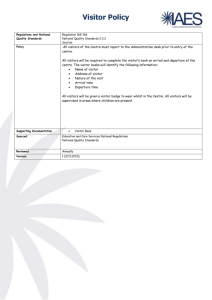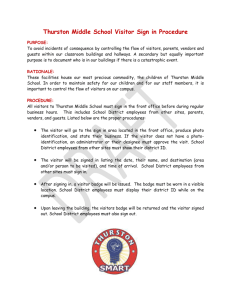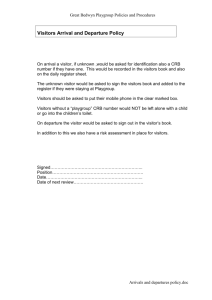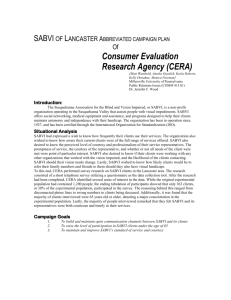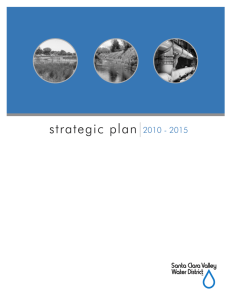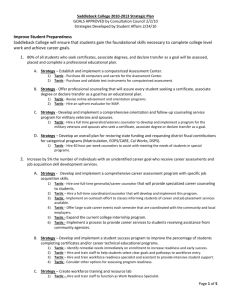Blank Worksheet 2
advertisement
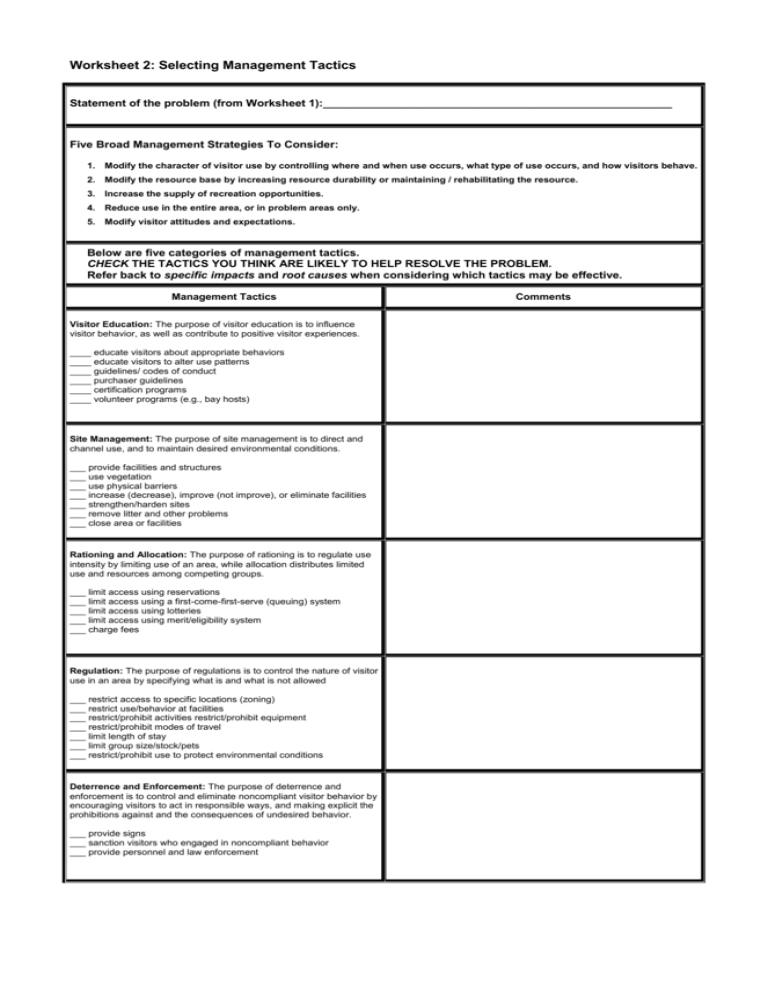
Worksheet 2: Selecting Management Tactics Statement of the problem (from Worksheet 1):______________________________________________________ Five Broad Management Strategies To Consider: 1. Modify the character of visitor use by controlling where and when use occurs, what type of use occurs, and how visitors behave. 2. Modify the resource base by increasing resource durability or maintaining / rehabilitating the resource. 3. Increase the supply of recreation opportunities. 4. Reduce use in the entire area, or in problem areas only. 5. Modify visitor attitudes and expectations. Below are five categories of management tactics. CHECK THE TACTICS YOU THINK ARE LIKELY TO HELP RESOLVE THE PROBLEM. Refer back to specific impacts and root causes when considering which tactics may be effective. Management Tactics Visitor Education: The purpose of visitor education is to influence visitor behavior, as well as contribute to positive visitor experiences. ____ educate visitors about appropriate behaviors ____ educate visitors to alter use patterns ____ guidelines/ codes of conduct ____ purchaser guidelines ____ certification programs ____ volunteer programs (e.g., bay hosts) Site Management: The purpose of site management is to direct and channel use, and to maintain desired environmental conditions. ___ provide facilities and structures ___ use vegetation ___ use physical barriers ___ increase (decrease), improve (not improve), or eliminate facilities ___ strengthen/harden sites ___ remove litter and other problems ___ close area or facilities Rationing and Allocation: The purpose of rationing is to regulate use intensity by limiting use of an area, while allocation distributes limited use and resources among competing groups. ___ limit access using reservations ___ limit access using a first-come-first-serve (queuing) system ___ limit access using lotteries ___ limit access using merit/eligibility system ___ charge fees Regulation: The purpose of regulations is to control the nature of visitor use in an area by specifying what is and what is not allowed ___ restrict access to specific locations (zoning) ___ restrict use/behavior at facilities ___ restrict/prohibit activities restrict/prohibit equipment ___ restrict/prohibit modes of travel ___ limit length of stay ___ limit group size/stock/pets ___ restrict/prohibit use to protect environmental conditions Deterrence and Enforcement: The purpose of deterrence and enforcement is to control and eliminate noncompliant visitor behavior by encouraging visitors to act in responsible ways, and making explicit the prohibitions against and the consequences of undesired behavior. ___ provide signs ___ sanction visitors who engaged in noncompliant behavior ___ provide personnel and law enforcement Comments Two Ways to Prioritize Tactics 1. Selection criteria for management tactics: Below are a number of questions for managers to consider when comparing possible management tactics. Questions Tactic #1___________________ Tactic #2___________________ Tactic #3___________________ Does the tactic adequately address the root cause of the visitor use problem? Yes / Partially/ No Yes / Partially/ No Yes / Partially/ No Do you have the authority to implement this tactic? Yes / No Yes / No Yes / No Direct / Indirect Direct / Indirect Direct / Indirect Yes / No Yes / No Yes / No Small / Large Small / Large Small / Large Yes / No Yes / No Yes / No Minimal / Moderate / Great Minimal / Moderate / Great Minimal / Moderate / Great Unlikely / Likely Unlikely / Likely Unlikely / Likely Does the tactic affect visitors offsite while planning their trip? Onsite while engaged in their recreational experience? Both? Offsite / Onsite / Both Offsite / Onsite / Both Offsite / Onsite / Both Consider the costs to managers in terms of tactic implementation and administration, including facility construction, operation, and maintenance, staff workload, and communication and enforcement costs. Are the costs feasible/affordable? Yes / No Yes / No Yes / No Is the tactic likely to be effective at solving the visitor use problem in question? Yes / No Yes / No Yes / No Is the tactic one that avoids, or minimizes, creating new problems? Yes / No Yes / No Yes / No Can the tactic be implemented without environmental regulatory requirements (e.g. NEPA)? Yes / No Yes / No Yes / No Is the tactic direct or indirect in terms of how it operates on visitor behavior? Does the tactic preserve visitor freedom of choice? Does the tactic affect a large or small number of visitors? Are those affected primarily visitors who are responsible for the impact(s) in question? Does the tactic affect an activity to which visitors attach minimal, moderate, or great importance? Is visitor resistance to the management action likely or unlikely? 2. Effort-Impact Grid: Consider the impact specific management tactics will have on the problem (e.g., minor vs. major improvement) and the effort necessary to implement the management tactic (e.g., easy vs. difficult; inexpensive vs. expensive; quick vs. time-consuming; one-time vs. ongoing). Indicate where potential tactics fall in the grid. ~EFFORT~ (e.g., time, cost, expertise to implement) High Medium Low ~IMPACT~ (e.g., improvement in conditions) Low Medium High



